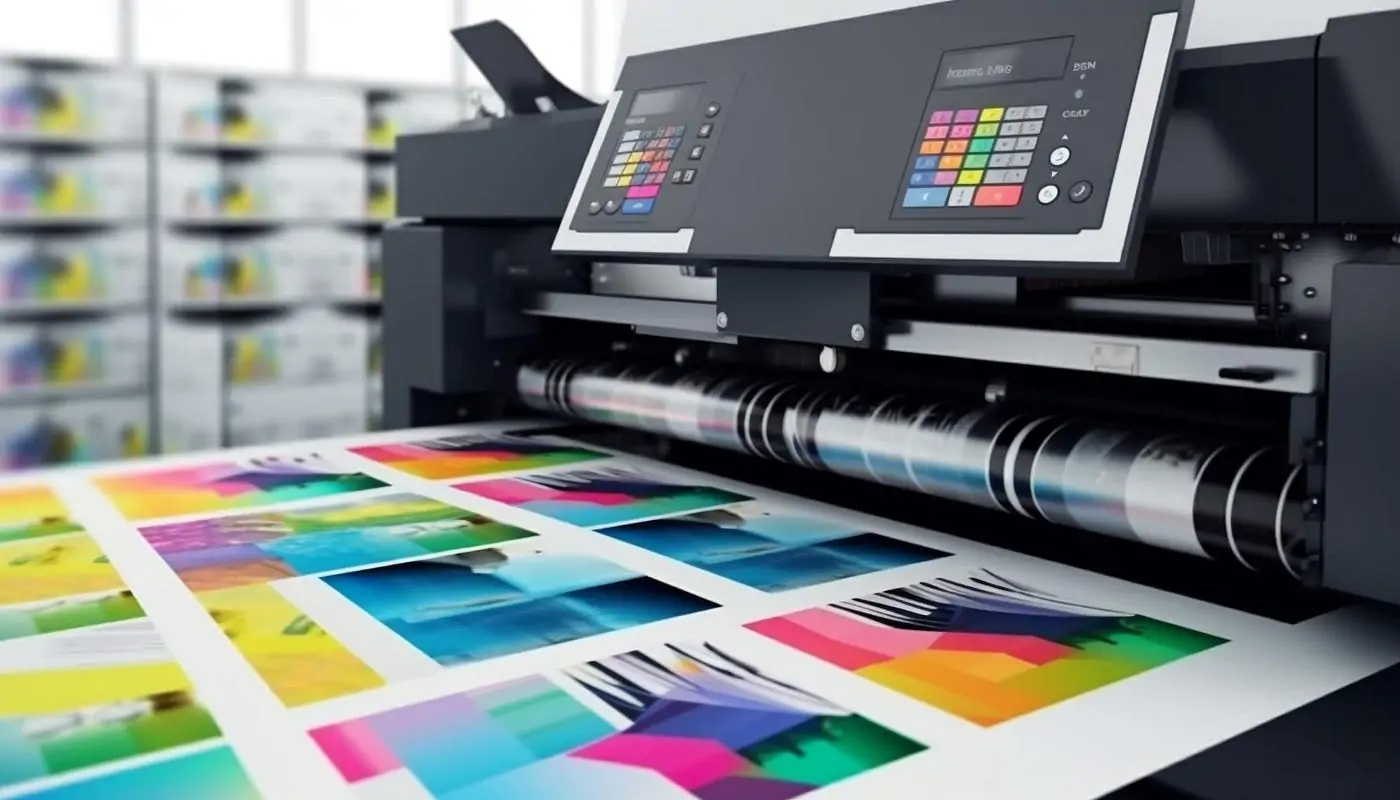
Understanding Digital Printing Services
Introduction
Digital printing services have revolutionized the way we produce printed materials. From business cards to large-scale banners, digital printing offers a versatile and efficient solution for a wide range of printing needs. This blog post delves into the concept of digital printing services, explaining the technology and processes involved, highlighting their benefits, and exploring their applications across various industries.
What are Digital Printing Services?
Digital printing refers to methods of printing from a digital-based image directly to a variety of media. Unlike traditional printing methods such as offset printing, digital printing does not require printing plates. Instead, digital files are sent directly to the printer, which uses inkjet or laser technology to produce high-quality prints.
The scope of digital printing services includes a wide range of products such as brochures, business cards, posters, textiles, packaging, and more. The process is known for its ability to produce small runs cost-effectively and efficiently, making it an ideal choice for both businesses and individuals.
Benefits of Digital Printing Services
Digital printing offers numerous benefits, making it a preferred choice for many printing projects:
Flexibility: Digital printing allows for on-demand printing, meaning you can print only what you need, when you need it, without the need for large inventories.
Cost-Effectiveness: For small to medium print runs, digital printing is often more cost-effective than traditional printing methods due to lower setup costs.
Quick Turnaround Times: With no need for plates or lengthy setup, digital printing can produce finished products in a fraction of the time required for traditional printing.
Customization: Digital printing enables easy customization, allowing for personalized prints and variable data printing, where each piece can be uniquely tailored.
Applications of Digital Printing
Digital printing finds applications in a variety of industries, thanks to its versatility and efficiency:
Marketing
In the marketing industry, digital printing is used to create promotional materials such as flyers, brochures, and posters. The ability to produce high-quality, vibrant prints quickly and affordably makes it an excellent choice for marketing campaigns.
Packaging
The packaging industry leverages digital printing for short-run packaging and prototype development. Digital printing allows for quick changes to packaging designs, making it easier to test and refine new products.
Textiles
Digital textile printing is growing in popularity, enabling designers to create intricate patterns and vibrant colors on fabrics with ease. This technology is used in fashion, interior design, and custom apparel industries.
Technological Advancements in Digital Printing
Recent technological advancements have significantly impacted the digital printing industry, enhancing the quality and efficiency of digital prints:
Inkjet Printing
Inkjet technology has advanced to offer higher resolution and better color accuracy. Modern inkjet printers can produce sharp images and smooth gradients, making them suitable for a wide range of applications.
Laser Printing
Laser printing technology has also seen improvements in speed and precision. Laser printers are known for their ability to produce high-quality text and graphics quickly, making them ideal for office environments and commercial printing services.
3D Printing
While not traditionally associated with digital printing, 3D printing represents a significant technological leap, allowing for the creation of three-dimensional objects from digital models. This technology is transforming industries such as manufacturing, healthcare, and automotive.
Challenges of Digital Printing
Despite its many advantages, digital printing also faces some challenges:
Initial Setup Costs: High-quality digital printers can be expensive to purchase and maintain, which may be a barrier for small businesses.
Maintenance: Regular maintenance is required to keep digital printers in optimal condition, which can add to operational costs.
Quality Issues: While digital printing has come a long way, it may not always match the quality of traditional printing methods for certain applications, particularly for very high-volume runs.
Conclusion
Digital printing services offer a modern solution to a wide range of printing needs, combining flexibility, cost-effectiveness, and speed. As technology continues to advance, digital printing will likely become even more integral to various industries, from marketing and packaging to textiles and beyond. Whether you’re a business looking to streamline your printing process or an individual seeking customized prints, digital printing provides a versatile and efficient option. Embrace the future of printing and explore the possibilities that digital printing services can offer.



